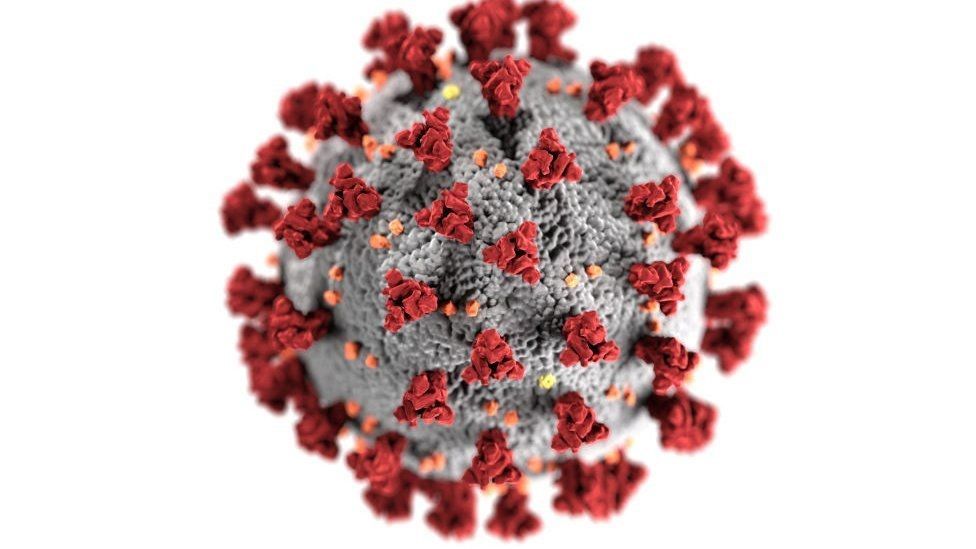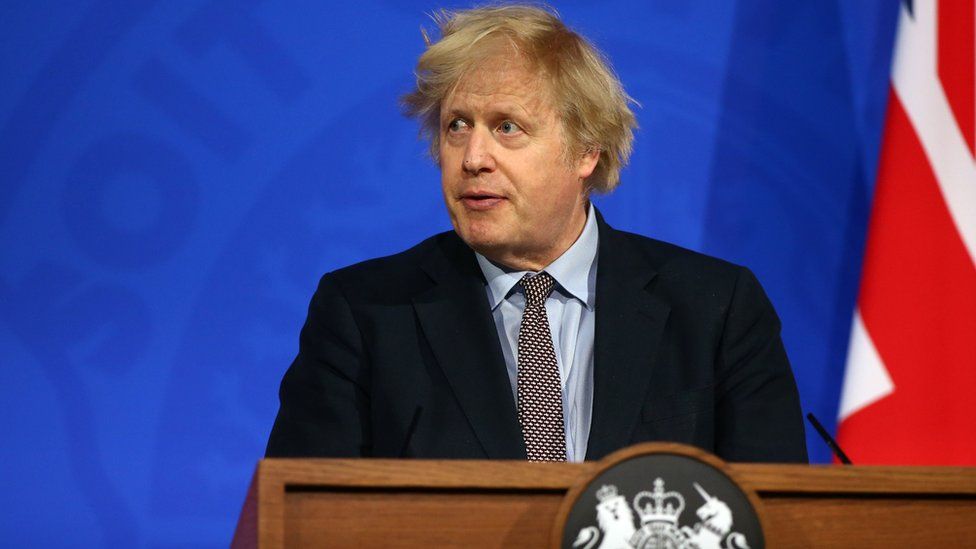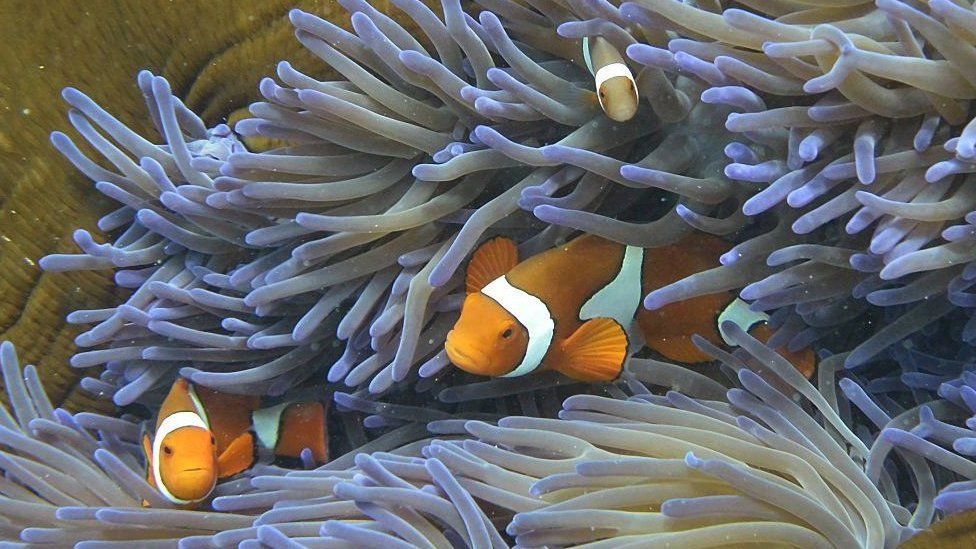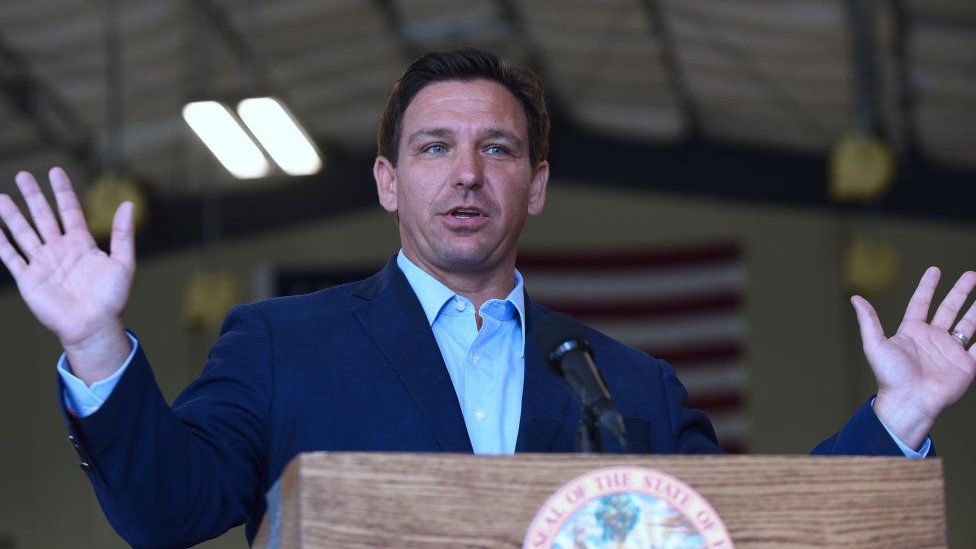How the pandemic changed sexuality

By Jessica Klein, Feb. 28: Lauren, 25, identified as bisexual since 2014. This designation for her sexual identity worked fine until the pandemic hit. With her Master’s degree programme newly virtual, and social events and daily commutes wiped off her calendar, Lauren suddenly had a lot more alone time to contemplate her identity.
“Having all that time and consuming a lot of media made me reflect more on my past relationships, specifically with men,” she says. “How did I not realise that all of the relationships I had with men were totally unsatisfying?”
Lockdown-induced isolation has given many people the opportunity to more deeply analyse elements of their lives and identities, whether that be the places they live, the jobs they work or their romantic and family relationships. Among these intimate shifts, some research indicates people’s attitudes towards their sexuality have evolved amid the pandemic, too.
Dating app Bumble surveyed more than 4,000 users in the US, UK, Ireland, Australia and Canada in August 2020 (data reviewed by BBC Worklife), and 21% said they were planning to “express their sexuality differently… compared to a year ago.” Another Bumble survey showed 14% shifted their sexual desires during the pandemic, opting, for example, for the same-sex relationships when they’d previously only been with those of another gender.
Additionally, research conducted between March and July 2020 among LGBTQ+ respondents by the Social Relations, Attitudes and Diversity Lab at Ontario’s Trent University, reviewed by BBC Worklife, showed that 11% “felt their ability to be out about their… identity had changed as a result of Covid-19”. Of those, several reported that this took place because, during the pandemic, they had “time to myself to figure out my sexual identity”.
Before the pandemic, Lauren says she barely had free time among working, going to school and her social life. “I [couldn’t] deal with any big life changes, and shifting identities felt like a big life change.” But the mandatory slowdown gave her the space she needed to re-examine her sexuality. Speaking with her therapist and watching other women who formerly identified as bisexual come out as lesbians on TikTok brought her to newly identify as a lesbian herself.
Once too overwhelming to contemplate – or not top-of-mind at all – these “big life changes” are now on the table for an increasing number of people, especially women, as some found themselves questioning the cultural norms they’d always subscribed to.

Digital outlets such as TikTok and online-dating platforms have enabled people to dabble in learning about identities and meeting new people (Credit: Getty Images)
Re-evaluating the ‘default settings’
“Everybody is always so busy in life that it’s really easy to try to escape yourself,” says New York City-based clinical psychologist Jennifer Guttman. In other words, she says, it’s natural for people to put self-discovery on the back burner.
Regarding sexuality, this means it’s simpler for many people to default to a “heteronormativity” mindset, and not question the go-to heterosexuality that they grew up with, says Karen Blair, who heads Trent University’s Social Relations, Attitudes and Diversity Lab.
“Much of our media and culture still sends us the message that most of us will be straight,” says Blair. Since sexuality exists on a spectrum where “many, if not most, fall somewhere in between”, she adds, there isn’t much motivation for people to question their sexuality if the “default settings” fit well enough.
But when people could “press the pause button during lockdown”, says Guttman, she observed “more clients than ever” exploring their sexual orientations. Of her 65 clients, she estimates that 10 to 12 re-thought their sexuality in that time, compared to just one client who’d done so before the pandemic.
“All of them started to notice that they were feeling unmoored, lost, anxious, depressed. The fact that they felt uncomfortable with themselves was disturbing to them.” Many began to address this discomfort by assessing whether they were on the right career path, but over time, they ended up digging “far deeper than work,” says Guttman.
‘I entered the pandemic straight’
Although the pandemic slashed dating options for many people, others saw a new open door.
London-based Alexa, 24, had long identified as straight but was already questioning her sexuality while in her fourth year of university in New York State before Covid-19 hit. So, as the pandemic pushed her into online dating, Alexa found it was easier to make the switch around what types of partners she was looking for – she could do it from the comfort of her own home.
In early 2021, Alexa decided to switch her Tinder settings from only men to “everyone”. The ease with which she could make that change made the exploration feel, in a sense, lower stakes. She still “wasn’t sure” about her sexual identity at the time, but by changing her dating app settings, “at least the option was open”, she says.
According to Blair’s research, this experience is relatively common. With people spending more time “courting” online before meeting up in person due to pandemic-related restrictions, “it may have been more likely that people would toy with the idea of ‘checking the other box’ when asked who they were looking to meet”, she says. Dating someone of a different gender than people were used to becoming “a bit more approachable”.
Both experts and daters alike told BBC Worklife that media also contributed to people re-thinking their sexual orientations, including social networks, podcasts and television shows – which people were consuming at higher rates while isolating indoors. Guttman even advised some of her clients to listen to podcasts and watch shows “with more LGBTQIA+ interactions” to “normalise” it for those newly testing out those identities.
At the same time, many TikTok users like Violet Turning, a New York City-based sex educator, saw a swell of young women discussing their shift from identifying as straight to lesbian, queer or bisexual during the pandemic.
“My whole feed was young women who were like, ‘I entered the pandemic straight, and now I’m in a lesbian relationship’,” says Turning. Some mentioned having “suppressed” those desires until the pandemic gave them space to explore, while Turning saw others say they’d taken time to discover the history of heterosexual relationships and began newly questioning their sexuality after learning more about female oppression in those contexts. She sees the spread of this information on TikTok as “validating for folks… exploring sexuality beyond the binary”.
This was true for Lauren, who downloaded TikTok during the pandemic, and was immediately confronted with videos of people who, like her, had identified as bisexual before coming out as a lesbian. She attributes this to more people getting involved with online conversations at a time when pandemic-based restrictions severely limited in-person social lives. (There are several reasons why more women seem to embrace sexual fluidity than men, a ratio reflected in Guttman’s clients – of the rough dozen who explored changes to their sexual orientation during lockdowns, just two were men.)

Although many people have discovered a new side of their sexuality, being forthcoming about these changes to friends and family still may be difficult (Credit: Getty Images)
Deeper introspection post-lockdowns?
Still, seeing people re-examine their sexual orientations on TikTok is different from publicly coming out in one’s own life.
When Alexa realised she was queer, it was “very scary”, she says: first, because she felt she wasn’t the person she’d thought she was; and because it totally altered her vision of the future, which she’d previously thought would consist of her living the life of a straight person. Telling other people felt scary, too.
“I was worried about what people would think of me, and I know that’s internalised homophobia,” she says. She also didn’t like drawing attention to herself and was hesitant to apply a label to her orientation.
Guttman has noticed this discomfort with labels across multiple clients, who have re-thought their orientations throughout the past couple of years. Many felt “internal pressure” about whether they should “come to a label quickly or not”, she says, even if they were still in the exploratory phase.
Lauren has since come out as a lesbian to her friends and family, including her Catholic mother. “That was probably the hardest person to tell,” she says. The identity shift she made during the pandemic will remain for the long term. Going forward, she says she’s only dating “women and nonbinary” folks, and “not anybody who actively identifies as a cis man”.
Still, it’s hard to say whether people will keep up this level of introspection as life inches toward “normal". Covid-19 and related restrictions haven’t disappeared, but from what Guttman’s seen, at least, “people have continued to engage in reflection through self-empowerment books, podcasts and therapy,” she says. “I have also seen that whatever shifts people made vis-à-vis their sexual fluidity or sexual orientation during the pandemic have continued as the world opens up.”
Recent News

Do not make expressions casting dout on election: EC
14 Apr, 2022
CM Bhatta says may New Year 2079 BS inspire positive thinking
14 Apr, 2022
Three new cases, 44 recoveries in 24 hours
14 Apr, 2022
689 climbers of 84 teams so far acquire permits for climbing various peaks this spring season
14 Apr, 2022
How the rising cost of living crisis is impacting Nepal
14 Apr, 2022
US military confirms an interstellar meteor collided with Earth
14 Apr, 2022
Valneva Covid vaccine approved for use in UK
14 Apr, 2022
Chair Prachanda highlights need of unity among Maoist, Communist forces
14 Apr, 2022
Ranbir Kapoor and Alia Bhatt: Bollywood toasts star couple on wedding
14 Apr, 2022
President Bhandari confers decorations (Photo Feature)
14 Apr, 2022








